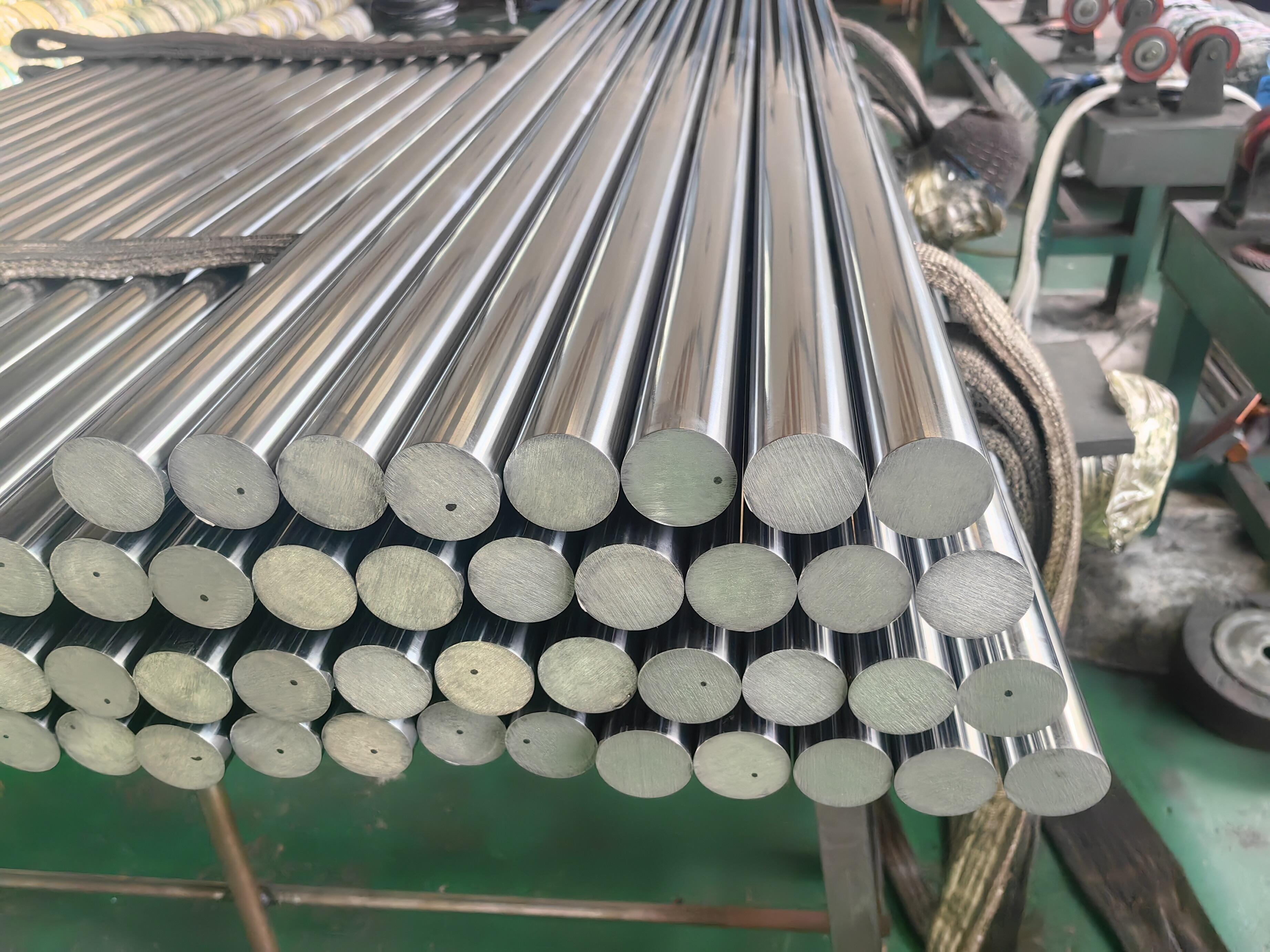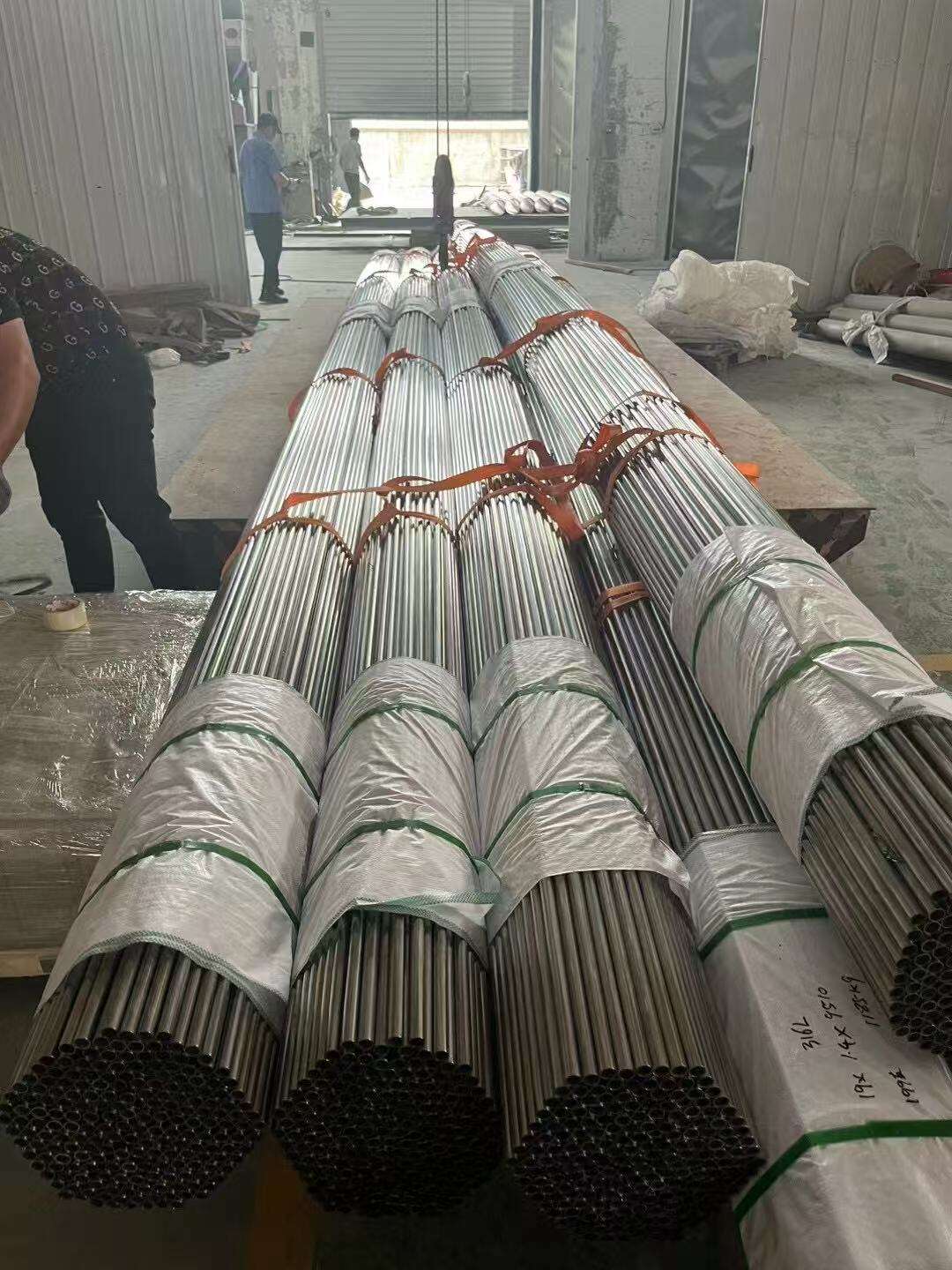Understanding the Critical Role of Heat-Resistant Materials in Modern Industry
High-temperature alloys represent a crucial category of engineering materials that enable numerous industrial processes and applications where standard metals would fail. These specialized materials combine exceptional strength with remarkable resistance to thermal stress, making them indispensable in sectors ranging from aerospace to power generation. The selection of appropriate high-temperature alloys requires careful consideration of multiple factors to ensure optimal performance under extreme conditions.
Modern manufacturing and industrial processes increasingly push the boundaries of material capabilities, with operating temperatures frequently exceeding 1000°C. In such demanding environments, the choice of high-temperature alloys becomes not just a matter of performance but of safety and economic viability. Understanding the selection criteria and characteristics of these materials is essential for engineers and designers working on high-temperature applications.
Essential Properties of High-Temperature Materials
Thermal Stability and Microstructure
The foundation of high-temperature alloys lies in their ability to maintain structural integrity under extreme thermal conditions. These materials exhibit remarkable phase stability, preventing unwanted microstructural changes that could compromise their performance. The careful balance of alloying elements creates a stable matrix that resists degradation, even after prolonged exposure to elevated temperatures.
Advanced high-temperature alloys often feature complex precipitate structures that contribute to their strength retention. These precipitates, typically composed of carbides or intermetallic compounds, act as barriers to dislocation movement, helping maintain mechanical properties at high temperatures. The stability of these microstructural features is paramount for long-term reliability.
Oxidation and Corrosion Resistance
When selecting high-temperature alloys, oxidation resistance becomes a critical consideration. Superior alloys form protective oxide scales that prevent continued degradation of the base material. Elements like chromium, aluminum, and silicon play vital roles in forming these protective layers, which must remain adherent and continuous under thermal cycling conditions.
Corrosion resistance in high-temperature environments presents unique challenges, as chemical attack mechanisms accelerate with increasing temperature. The selection process must account for specific corrosive species present in the service environment and their interaction with potential alloy compositions.

Application-Specific Selection Criteria
Operating Temperature Requirements
The primary consideration in selecting high-temperature alloys is the maximum operating temperature of the application. Different alloy systems exhibit varying temperature capabilities, from intermediate-temperature nickel-based alloys to ultra-high temperature refractory metal systems. Understanding the temperature profile, including thermal cycling and temperature gradients, guides the initial selection process.
Temperature capability must be evaluated in conjunction with required mechanical properties. Some alloys may survive higher temperatures but lack the strength needed for structural applications. The relationship between temperature and mechanical properties often follows complex patterns that must be carefully analyzed.
Mechanical Load Considerations
High-temperature alloys must withstand various mechanical loads while operating at elevated temperatures. Creep resistance becomes particularly important for components subjected to sustained loads. The selection process should consider both short-term strength requirements and long-term creep behavior.
Fatigue properties at elevated temperatures represent another crucial selection criterion, especially for components experiencing cyclic loading. The combined effects of temperature and mechanical cycling can lead to accelerated degradation if not properly addressed in the material selection.
Manufacturing and Economic Factors
Processability and Fabrication
The selection of high-temperature alloys must account for manufacturing constraints and fabrication requirements. Some alloys offer superior high-temperature properties but present significant challenges in forming, machining, or joining. The ability to process the material into the required component shape while maintaining its beneficial properties influences the final selection.
Welding and joining considerations become particularly important for complex assemblies. Many high-temperature alloys require specific welding procedures and post-weld heat treatments to maintain their properties in the joint region. These processing requirements can significantly impact both manufacturing costs and production timelines.
Cost-Performance Balance
Economic considerations play a crucial role in the selection of high-temperature alloys. While some exotic compositions offer exceptional properties, their cost may be prohibitive for certain applications. The selection process must balance performance requirements against material and processing costs to achieve an economically viable solution.
Life-cycle cost analysis often reveals that higher-priced alloys may provide better value through extended service life and reduced maintenance requirements. This comprehensive economic evaluation should consider initial material costs, processing expenses, and long-term operational benefits.
Future Trends in High-Temperature Materials
Advanced Manufacturing Technologies
Emerging manufacturing technologies, particularly additive manufacturing, are revolutionizing the production of high-temperature alloy components. These techniques enable the creation of complex geometries and functionally graded materials that were previously impossible to manufacture. The ability to precisely control local composition and microstructure opens new possibilities for optimizing high-temperature performance.
Novel processing routes are also enabling the development of new alloy systems with enhanced properties. Rapid solidification techniques and powder metallurgy approaches allow for compositions that cannot be achieved through conventional processing methods.
Computational Materials Design
The future of high-temperature alloy selection increasingly relies on computational tools and materials informatics. Advanced modeling techniques help predict material behavior under complex service conditions, accelerating the development and selection of optimized compositions. Machine learning algorithms are beginning to play a role in identifying promising new alloy compositions and processing routes.
Digital twins and predictive maintenance strategies are emerging as powerful tools for monitoring and optimizing the performance of high-temperature components in service. These technologies enable more precise material selection based on actual operating conditions and performance requirements.
Frequently Asked Questions
What is the maximum temperature capability of modern high-temperature alloys?
Modern high-temperature alloys can operate at temperatures ranging from 600°C to over 1200°C, depending on the specific alloy system. Nickel-based superalloys typically operate up to about 1100°C, while some refractory metal alloys can withstand even higher temperatures. However, the practical temperature limit depends on the specific application requirements and the required service life.
How do environmental factors affect the selection of high-temperature alloys?
Environmental factors such as atmospheric composition, presence of corrosive species, and pressure conditions significantly influence alloy selection. The operating environment can accelerate oxidation, cause hot corrosion, or lead to environmental embrittlement. These factors must be carefully evaluated to ensure the selected alloy provides adequate protection against environmental degradation.
What role does thermal cycling play in material selection?
Thermal cycling can significantly impact the performance and longevity of high-temperature alloys. Repeated heating and cooling can lead to thermal fatigue, oxide scale spallation, and accelerated creep damage. The selected alloy must demonstrate good thermal fatigue resistance and maintain protective oxide scale adherence under cycling conditions. Additionally, the coefficient of thermal expansion should be considered to minimize thermal stresses in complex components.


